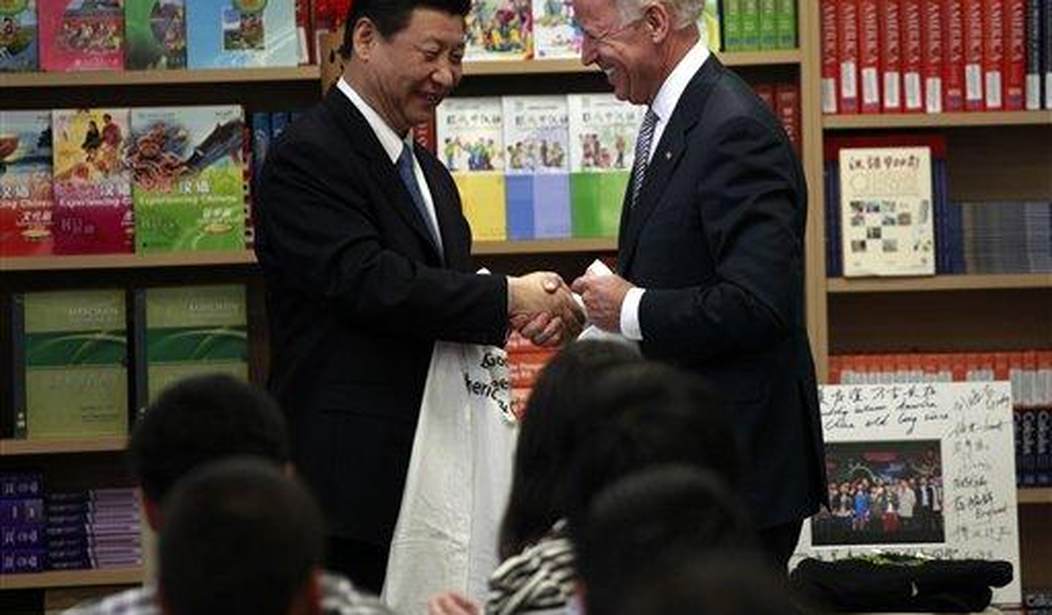The battle between WW2 German and British scientific intelligence was described by Winston Churchill as the “Wizard War” in his postwar memoirs. But in that distant age, the “Wizard War” was still junior to the physical conflict between armies of millions, systems of mass production and access to copious quantities of raw materials. Mental strife was only a useful adjunct what was still primarily a material struggle. Today, as Eric Schmidt of formerly of Google argues in Foreign Affairs, it is the armies of millions, systems of mass production that is subordinate to the war of minds. “Rather than natural resource wealth or mastery of a given technology, the source of a country’s power now lies in its ability to continuously innovate. … Innovation power is the ability to invent, adopt, and adapt new technologies. It contributes to both hard and soft power.”
To borrow a concept from calculus, it is the rate of change in the advancement of technology that will determine who will lead the world. The difference between the present and WW2 is that innovation can now create more innovation through the magic of artificial intelligence (AI). “As a foundational technology, AI will be critical in the race for innovation power, lying behind countless future developments in drug discovery, gene therapy, material science, and clean energy—and in AI itself. Faster airplanes did not help build faster airplanes, but faster computers will help build faster computers.”
In the context of America’s conflict with its first true peer rival Schmidt argues that whoever takes the initial lead with AI may never be overtaken, especially if the holy grail of artificial general intelligence is achieved. “Even more powerful than today’s artificial intelligence is a more comprehensive technology—for now, given current computing power, still hypothetical—called “artificial general intelligence,” or AGI. Whereas traditional AI is designed to solve a discrete problem, AGI should be able to perform any mental task a human can and more.” The possibilities are nearly unlimited. The military applications of AI are almost too numerous to mention and innovation superiority will rapidly lead to dominance in other fields like synthetic biology which will allow the Chinese to re-engineer the biosphere.
While factors such capital markets and legal frameworks play an important part in making innovation a practical reality, one of its foundational components is the development of human capital. China is pulling out all the stops to lead the world in AI. It is spending money, rapidly advancing those with the highest test scores; it has one inimitable advantage over the US. It can collect data on everyone, including Americans on Tik-tok and use it in their machine learning training sets thereby giving Chinese AI the edge. “China’s loose privacy laws, mandatory data collection, and targeted government funding give the country a key advantage.”
China’s challenge comes at a time when American scientific societies are emphasizing gender and ethnoracial diversity priorities into STEM. To some educators, Schmidt has got things reversed. The challenge of our time is not how to attain mental dominance over China but how to use AI to promote diversity. In that view the goal of innovation is not to underpin national power but promote equity:
What if, for instance, intelligent machines could help organizations recognize all worthy job candidates by avoiding the usual hidden prejudices that derail applicants who don’t look or sound like those in power or who don’t have the “right” institutions listed on their résumés? What if software programs were able to account for the inequities that have limited the access of minorities to mortgages and other loans? In other words, what if our systems were taught to ignore data about race, gender, sexual orientation, and other characteristics that aren’t relevant to the decisions at hand?”
The Chinese system, by contrast, is rather different. “In China, tests make meritocracy.” Meritocracy creates technology, technology creates power and power serves the Communist Party. “Pre-secondary education in China is characterized by its emphasis on entrance examinations. … Only half of all students pass the exam and become eligible for academic high schools; 40 percent attend vocational schools instead, and the remaining 10 percent drop out altogether. The academic high schools further separate students based on the marks they received on the exam. The tests don’t stop there. Academic high school students dedicate their lives to preparing for the gaokao, China’s National College Entrance Examination, which is notorious for its intensity and influence over a student’s life trajectory. In early June, the entire country mobilizes in preparation for exam season. Taxi drivers offer free rides to help students get to their exam centers on time, and celebrities post encouraging messages on social media.”
These two approaches are in direct conflict in the 21st century “wizard war”. The contest between the “knowledge tests are primary” and “DEI is primary” points of view could not be clearer. It is not just China vs America, but meritocracy with Chinese characteristics vs revolutionary “Woke” concepts that are vying for supremacy. One must look hard to find an historic parallel for this epic contest. Is this Athens vs Sparta or Sodom vs Gomorrah? “At stake,” as Eric Schmidt puts it, “is nothing less than the future of free societies, open markets, democratic government, and the broader world order.” It’s certainly for keeps. But who will win? And will it matter?
Books: Against the Great Reset: Eighteen Theses Contra the New World Order Kindle Edition by Michael Walsh (editor). In this timely and necessary book, Michael Walsh has gathered trenchant critical perspectives on the Great Reset from eighteen eminent writers and journalists from around the world. Though I wouldn’t exactly consider myself an eminent writer, mine is one of the 18 chapters in this book, and I think it’s worthwhile.
Sand and Steel:The D-Day Invasion and the Liberation of France by Peter Caddick-Adams.
Snow and Steel: The Battle of the Bulge, 1944-45 by Peter Caddick-Adams.
Monte Cassino: Ten Armies in Hell by Peter Caddick-Adams.










Join the conversation as a VIP Member